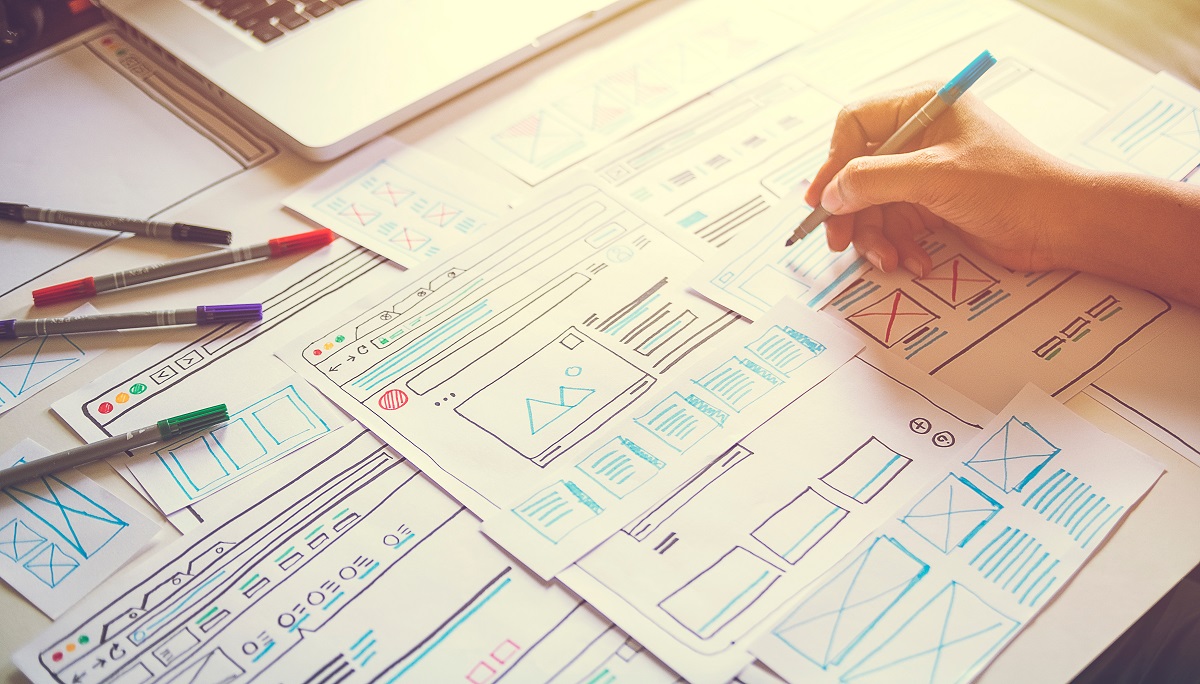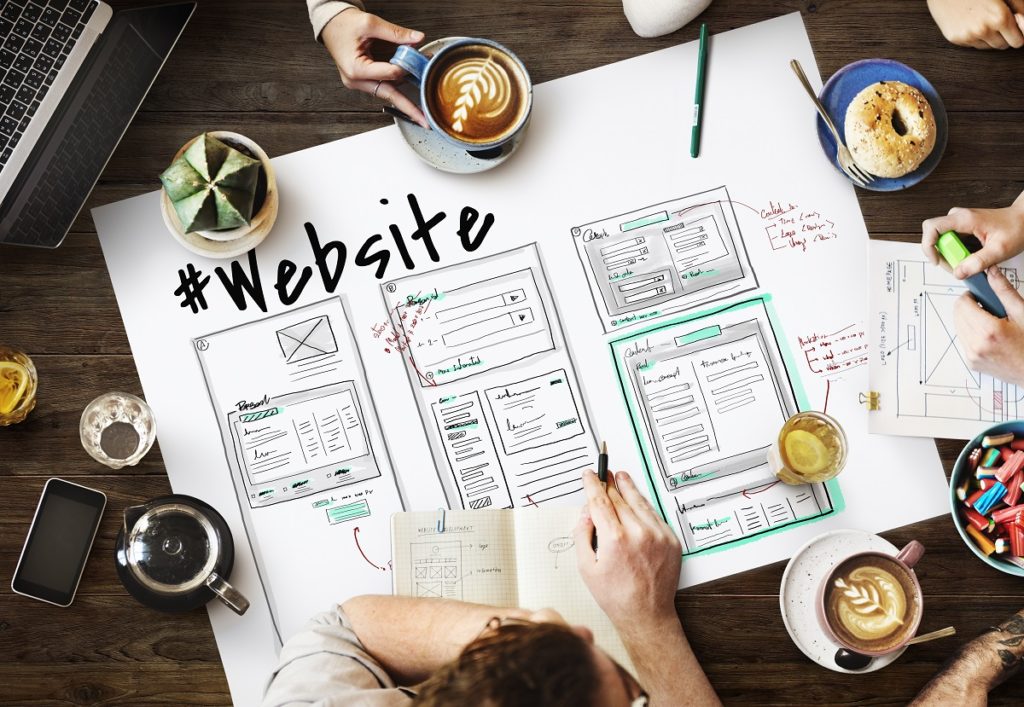First-time entrepreneurs face many challenges. They need to conduct market research and test their products and services. Unless the entire venture is bootstrapped, they need to raise sufficient funding in their idea. Sales, accountancy, and administrative functions all fall within their scope. Eventually, leadership skills will come into play as the team expands and plays an increasingly vital role in business success.
With all these challenges, you could probably forgive entrepreneurs for making some mistakes where design is concerned. They may have hired a professional designer to work on the company website, logo, and some other collaterals. But amid the day-to-day startup operations, simple things like a PowerPoint presentation are often left to design novices.
This might not be a bad thing when a presentation is for internal use only, but what happens when they need to be shared with prospective clients or partners? Understanding and applying these fundamentals of excellent design will help you create presentations that are functional and professional.
Serving the right function
Among design professionals, there’s a well-known saying: “form follows function.” It has its origins way back in 19th-century architecture and the rise of Modernism but still holds today across the many branches of design. Some of these, such as software design, would not even exist until almost a century later.
Good design serves a specific function, and to do so, it takes human behavior into account. If you’re making a presentation to commend one of your employees, you can use clipart and candid photos taken with a smartphone at work. This is the exact sort of informal setting where such media are not only acceptable but might even make the presentation more interesting, funny, and relatable.
For the most part, though, your concern with presentation design applies to the professional setting. In this context, the function is to communicate a specific message. Thus, design must observe a strict visual hierarchy. On every slide, whatever point you’re trying to get across must be emphasized. If that’s not the case, your viewers will be easily distracted. They will lose interest and fail to recall the important points. It’s human behavior at work.
Visual hierarchy can be accomplished in many ways. On a basic level, font color, size, and typeface can make specific text stand out. You can also play around with the arrangement and repetition of elements. Just keep in mind that conveying content is what matters, and your execution of design is there to enhance that goal.
Images aren’t everything
To the average homeowner, different cleaning agents all seem to be the same. Ultimately, they’ll just be used as part of your chores, so what does it matter? But professionals know better. Carpet cleaners that if you use the wrong treatment for a stain, it won’t go away. You might even damage the material in the process.
Untrained presentation designers tend to approach their task like a chore. And to them, images are the solution to most problems. They can spice up a slide and make it look great. And if a picture’s worth a thousand words, using the right image has got to count for something.
There’s some truth to this approach. But problems arise when you get it wrong, and there are many aspects in which a designer can make mistakes with their use of images.
Technical qualities such as focus and composition must be of a high standard. Resolution, in particular, must hold up to modern displays. The subject must not only be relevant to your content but resonate with how you are presenting it. And the visual impact of images can be so strong. You might need to dial back the content on a slide to avoid competing for the viewer’s attention.
 Becoming the guide
Becoming the guide
Images aren’t a shortcut to good design. They are tools at your disposal, just like everything else. There’s no single element that can dominate and elevate a presentation on its own.
Always try to revisit your work from the point of view of an audience member. When you’re trying to make a point with a slide, is that what comes across? Each slide can translate to a lot of words spoken by the presenter; after several slides, is the message still clear?
Making a presentation effective is really about guiding the audience. You can do away with fancy fonts, images, and other graphic elements, and still create a great design. Embrace this role as a guide, and the most straightforward presentations will facilitate your communication in any scenario.

